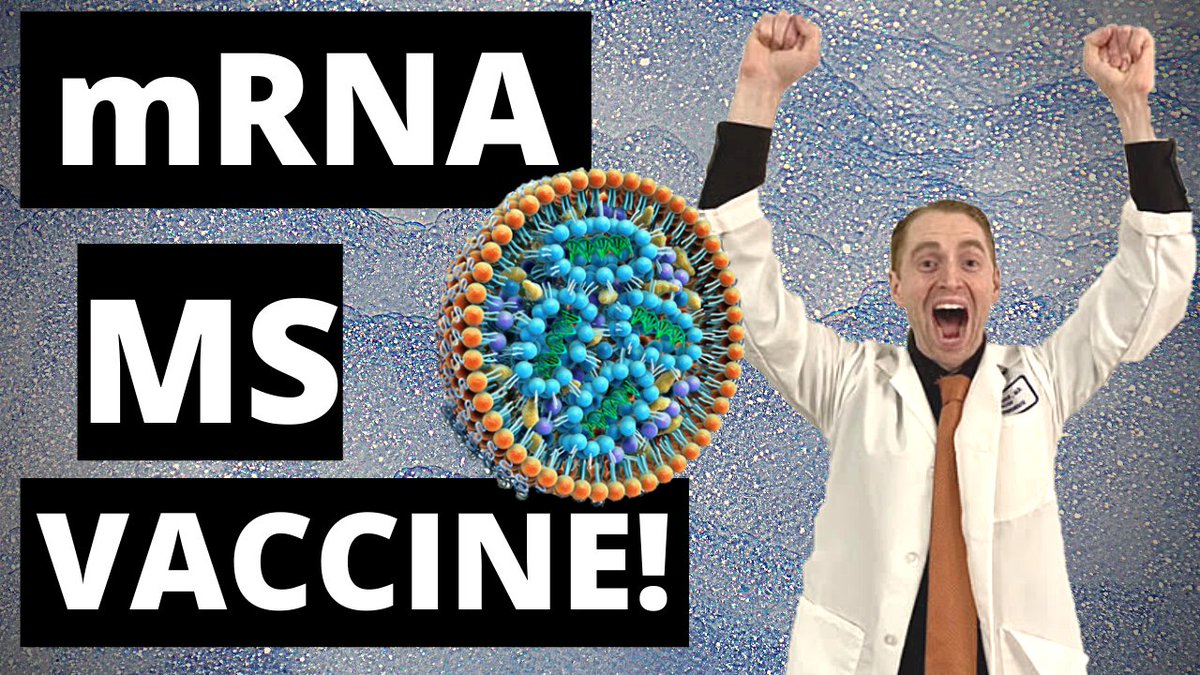A cerebral organoid showing rosettes (or whirls) of newly developing and migrating new neurons (shown in purplish-red). Credit Scripps Research
Researchers at Scripps Research have created personalized “mini-brains” (or organoids) from stem cells derived from patients with a rare and severe form of autism spectrum disorder and intellectual disability. These lab-grown organoids have enabled the team to gain deeper insights into how a specific genetic mutation contributes to autism spectrum disorder. Additionally, they found that an experimental drug called NitroSynapsin can reverse some brain dysfunction associated with autism in these models.
“Our research demonstrates how a genetic mutation linked to autism disrupts the normal balance of brain cells during development,” says Stuart A. Lipton, MD, PhD, Step Family Foundation Endowed Professor and co-director of the Neurodegeneration New Medicines Center at Scripps Research. However, we have also found potential ways to address this imbalance later in life.”
Learning from patients
Autism is a neurological and developmental disorder that impacts social interactions and communication and leads to repetitive interests and behaviours. The exact causes of autism are still not fully understood; various genetic variants have been linked to the disorder, but each accounts for only a small percentage of cases. For many years, research on autism has focused on creating models of the disorder in mice or examining isolated human brain cells. However, neither of these methods accurately captures the complexity of an interconnected human brain.
Lipton and his colleagues studied MEF2C haploinsufficiency syndrome (MHS), a rare and severe form of autism and intellectual disability caused by a genetic variation in the MEF2C gene. They isolated skin cells from patients with MHS and applied modern stem cell biology techniques to transform these cells into human stem cells. Subsequently, they grew them into small, millimetre-sized “mini-brain” organoids, allowing the researchers to investigate how the various types of brain cells interact with one another.
“We were able to replicate key features of patients’ brains to study their electrical activity and other properties,” says Lipton. “We even invited children into the lab to see their own mini-brains, which was an emotional experience for both the kids and their families.”
In healthy human brains and brain organoids, neural stem cells develop into nerve cells, or neurons, which communicate messages throughout the brain. They also differentiate into various types of glial cells, which support neurons and play important roles in signalling and immune function. A healthy brain maintains a balance between excitatory neurons, which enhance electrical signalling, and inhibitory neurons, which suppress it. Autism is associated with an imbalance between these types of neurons, often resulting in excessive excitation.
In the organoids created from cells of children with MHS, researchers found that neural stem cells more frequently developed into glial cells, resulting in a higher proportion of glial cells compared to neurons. Notably, the MHS organoids had fewer inhibitory neurons than normal, leading to excessive electrical signaling in these mini-brains, similar to what is observed in many human brains affected by autism.
A role for microRNA
When Lipton’s group probed exactly how MEF2C mutations could lead to this imbalance between cell types, they found nearly 200 genes directly controlled by the MEF2C gene. Three of these genes stood out—rather than encoding DNA that led to messenger (m)RNA and then protein expression, they encoded genes for microRNA molecules.
MicroRNAs (miRNAs) are small RNA molecules that bind to DNA to control gene expression rather than producing proteins themselves. This month, two scientists won the 2024 Nobel Prize in Physiology or Medicine for their work describing the discovery of miRNA molecules and how they can impact cell development and behaviour.
“In our study, a few specific miRNAs appear to be important in telling developing brain cells whether to become glial cells, excitatory neurons, or inhibitory neurons,” says Lipton. “Mutations in MEFC2 alter the expression of these miRNAs which, in turn, prevent the developing brain from making proper nerve cells and proper connections or synapses between nerve cells.”
Lipton’s group found that early-developing brain cells from patients with MHS have lower levels of three specific miRNAs. When the researchers added extra copies of these miRNA molecules to the patient-derived brain organoids, the mini-brains developed more normally, with a standard balance of neurons and glial cells.
A potential treatment
Since autism is generally not diagnosed during fetal brain development, treatments that aim to alter initial development—such as correcting a mutated gene or adding miRNA molecules to stop the imbalance of cell types—are not currently feasible. However, even after development, Lipton was already developing another drug that could help promote the balance between excitatory and inhibitory neurons.
Lipton’s group recently tested a drug they invented and patented called NitroSynapsin (also known as EM-036) for its ability to restore brain connections in “mini-brains” derived from cells affected by Alzheimer’s disease.
In the new paper, they tested whether the drug could also help treat the MHS form of autism. Using the patient-derived brain organoids, Lipton and his colleagues showed that in fully developed brain organoids that had an imbalance between cell types, NitroSynapsin could partially correct the imbalance, preventing the hyperexcitability of the neurons and restoring excitatory/inhibitory balance in the mini-brain. This also protects nerve cell connections or synapses.
More work is needed to show whether the drug improves the symptoms of patients with MHS or influences other types of autism spectrum disorder that are not caused by mutations in the MEF2C gene. Lipton hypothesizes this could be the case since MEF2C is known to influence many other genes associated with autism.
“We are continuing to test this drug in animal models to get it into people soon,” says Lipton. “This is an exciting step in that direction.”
